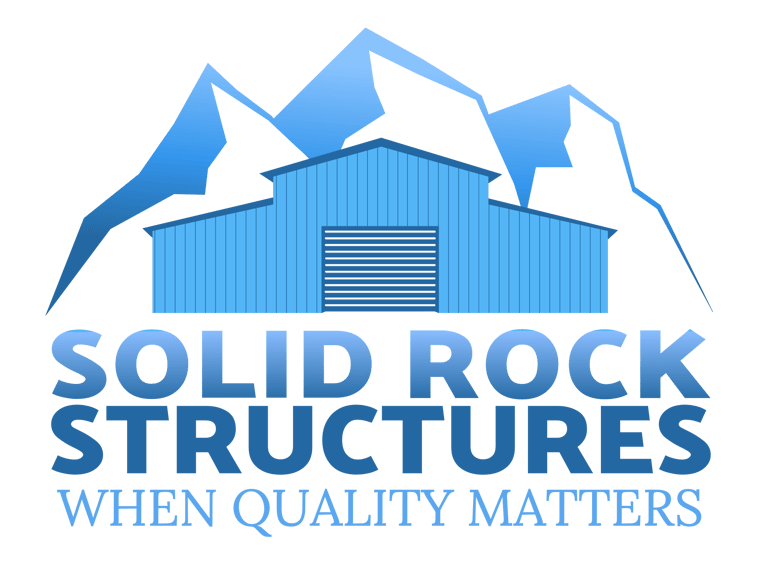Risk Categories
No, we aren’t talking about the strategy game here.
1/20/20252 min read


Are you considering a two-car garage to securely store your vehicles? Or are you transforming it into a versatile working garage? Understanding the implications of your choice is crucial. It all boils down to managing risks effectively.
Risk categories are applied based on the “risk to human life” associated with its damage or failure. There are 4 levels categorized by the International Building Code (IBC). Understanding and assessing these risks is vital for metal building owners to ensure the safety, durability, and functionality of their structures, based on the intended use.
Risk I
Risk I structures refer to low-risk buildings, such as agricultural barns or small storage facilities. These buildings are not intended for habitation or commercial activities. Most permitting offices will not approve permits for Risk I buildings if their primary use is for residential or business purposes. Risk I buildings are generally the starting point for pricing in this industry.
Risk II
Risk II buildings are the most common type and are categorized as moderate-risk structures. These include residential, office, and smaller retail buildings. They are designed with additional structural reinforcements, which results in a higher construction cost than Risk I. In many areas, obtaining a permit to occupy a steel building may require investing in a Risk II structure. It’s essential to adhere to local building codes, so be sure to consult with a contractor or engineer to ensure that your building meets all necessary requirements.
Risk III
The Risk III category is reserved for larger structures that hold public assemblies with a larger occupancy. These include schools, larger retail and office buildings, and churches. Often these hold more than 300 occupants at a time.
Risk IV
Risk Category IV encompasses structures with essential facilities crucial for post-disaster recovery or emergency operations. Buildings under this category often serve as emergency operations centers, communication facilities, or shelters. These structures must be designed to withstand extreme events and remain functional to support critical services during and after a disaster.
To explore this further, reach out to Solid Rock Structures, LLC today!
Dedicated to helping you achieve your steel structure dreams.
833.767.6257
© 2025. All rights reserved.
Contact


